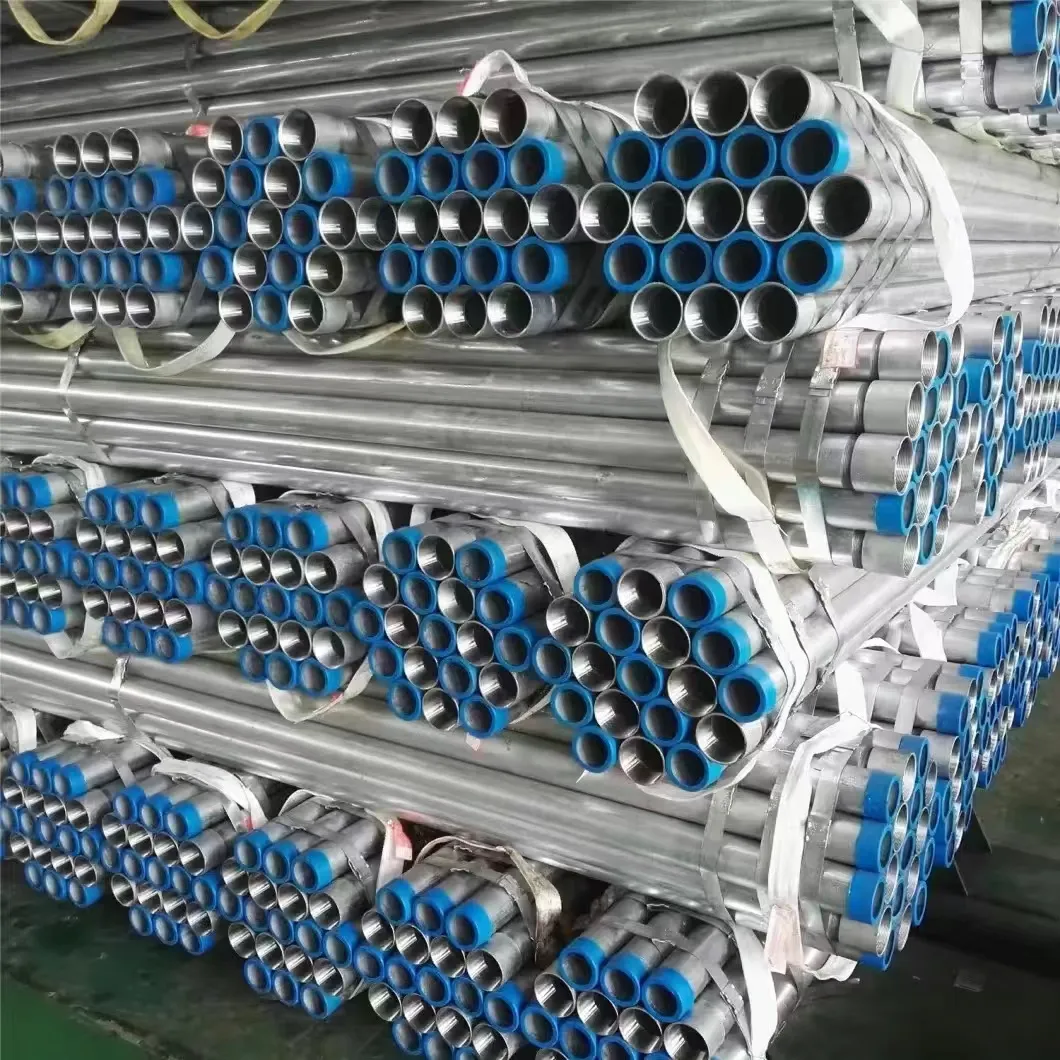-
Cangzhou Yulong Steel Co., Ltd.
-
Phone:
+86 13303177267 -
Email:
admin@ylsteelfittings.com
- English
- Arabic
- Italian
- Spanish
- Portuguese
- German
- kazakh
- Persian
- Greek
- French
- Russian
- Polish
- Thai
- Indonesian
- Vietnamese
- Zulu
- Korean
- Uzbek
- Hindi
- Serbian
- Malay
- Ukrainian
- Gujarati
- Haitian Creole
- hausa
- hawaiian
- Hebrew
- Miao
- Hungarian
- Icelandic
- igbo
- irish
- Japanese
- Javanese
- Kannada
- Khmer
- Rwandese
- Afrikaans
- Albanian
- Amharic
- Armenian
- Azerbaijani
- Basque
- Belarusian
- Bengali
- Bosnian
- Bulgarian
- Catalan
- Cebuano
- China
- China (Taiwan)
- Corsican
- Croatian
- Czech
- Danish
- Esperanto
- Estonian
- Finnish
- Frisian
- Galician
- Georgian
- Kurdish
- Kyrgyz
- Lao
- Latin
- Latvian
- Lithuanian
- Luxembourgish
- Macedonian
- Malgashi
- Malayalam
- Maltese
- Maori
- Marathi
- Mongolian
- Myanmar
- Nepali
- Norwegian
- Norwegian
- Occitan
- Pashto
- Dutch
- Punjabi
- Romanian
- Samoan
- Scottish Gaelic
- Sesotho
- Shona
- Sindhi
- Sinhala
- Slovak
- Slovenian
- Somali
- Sundanese
- Swahili
- Swedish
- Tagalog
- Tajik
- Tamil
- Tatar
- Telugu
- Turkish
- Turkmen
- Urdu
- Uighur
- Welsh
- Bantu
- Yiddish
- Yoruba

Dec . 01, 2024 00:46 Back to list
ansi b16 5 class 150
Understanding ANSI B16.5 Class 150 An Essential Guide for Engineers and Manufacturers
In the realm of piping and fitting specifications, ANSI B16.5 Class 150 stands out as a critical standard that governs the design and implementation of flanges used across various industries. Understanding this standard is essential for engineers, manufacturers, and quality assurance professionals who work with piping systems. This article will delve into the specifics of ANSI B16.5 Class 150, its significance, and its applications in real-world scenarios.
What is ANSI B16.5?
ANSI B16.5 is a standard developed by the American National Standards Institute (ANSI) that outlines the dimensions, material specifications, pressure-temperature ratings, and testing methods for flanges used in piping systems. Specifically, Class 150 indicates a pressure rating where flanges are designed to handle a specific pressure level at a given temperature. Class 150 flanges are rated for a pressure of 150 psi at temperatures up to 100°F, with their pressure-handling capability decreasing as temperatures increase.
Importance of Class 150 Flanges
The significance of Class 150 flanges cannot be overstated. They serve as crucial components that connect pipe sections, valves, pumps, and other equipment, ensuring the integrity and safety of piping systems. The Class 150 specification provides engineers and manufacturers with clear guidelines on what to expect regarding performance and compatibility. This uniformity aids in the design process and enhances safety by minimizing the risks of leaks or failures.
Design and Dimensions
Class 150 flanges are available in various materials, including carbon steel, stainless steel, and alloy steel, to suit different environmental conditions and chemical applications. The design features of Class 150 flanges also include different types, such as slip-on, weld neck, blind, and threaded flanges, allowing for versatility in different assembly configurations.
The dimensions defined in ANSI B16.5, including the flange diameter, thickness, and bolt hole specifications, ensure compatibility with standard piping sizes. For instance, a 6-inch Class 150 flange has a specific outer diameter and bolt circle diameter that must align with the corresponding pipe specification. This standardized approach promotes the ease of assembly and maintenance.
ansi b16 5 class 150

Pressure-Temperature Ratings
One of the crucial aspects of Class 150 flanges is their pressure-temperature ratings, which dictate their maximum pressure limits at varying temperatures. Engineers must consult the accompanying tables in the ANSI B16.5 standard to determine the appropriate pressure ratings based on service temperatures. For example, as service temperatures increase, the pressure rating of a Class 150 flange decreases, necessitating careful consideration during system design to avoid potential failure.
Applications
Class 150 flanges are widely used in various industries, including petrochemical, water treatment, HVAC, power generation, and many others. In the petrochemical industry, for example, Class 150 flanges securely connect different sections of piping that transport corrosive or volatile substances. In HVAC systems, they play a critical role in the assembly of air handling units and ductwork.
Their prevalent use also extends to situations where frequent disassembly and assembly might be required, such as maintenance tasks or inspections. The reliability of Class 150 flanges ensures that the piping system remains intact while allowing for flexibility when needed.
Conclusion
The ANSI B16.5 Class 150 standard is an essential guideline for engineers and manufacturers involved in the design, implementation, and maintenance of piping systems. Its specifications provide clarity and assurance that flanges will perform safely and effectively under specified conditions. Understanding and adhering to these standards not only contributes to the functionality of piping systems but also enhances safety and reliability in industrial operations.
As industries continue to evolve and face new challenges, the importance of adhering to established standards such as ANSI B16.5 Class 150 will only grow. Engineers and manufacturers who prioritize these guidelines will likely achieve greater success and safety in their operations, ultimately contributing to the efficient and reliable performance of essential infrastructure.
Latest news
-
ANSI 150P SS304 SO FLANGE
NewsFeb.14,2025
-
ASTM A333GR6 STEEL PIPE
NewsJan.20,2025
-
ANSI B16.5 WELDING NECK FLANGE
NewsJan.15,2026
-
ANSI B16.5 SLIP-ON FLANGE
NewsApr.19,2024
-
SABS 1123 FLANGE
NewsJan.15,2025
-
DIN86044 PLATE FLANGE
NewsApr.19,2024
-
DIN2527 BLIND FLANGE
NewsApr.12,2024
-
JIS B2311 Butt-Welding Fittings LR/SR 45°/90° /180°Seamless/Weld
NewsApr.23,2024











